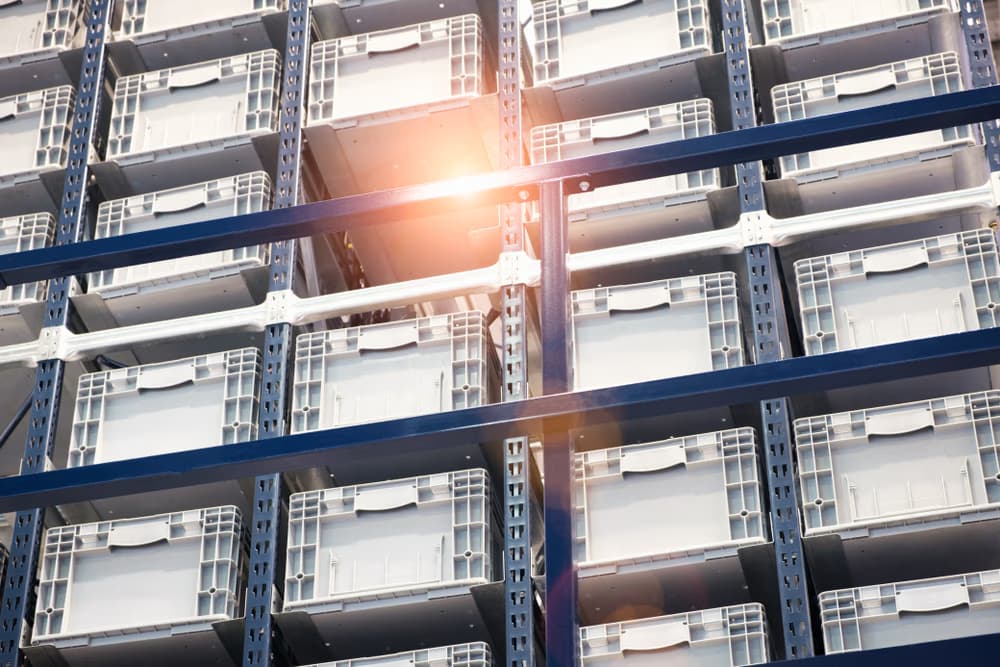What is a backorder? Find answers to all your inventory questions and learn how backordering fits into your retail strategy.
What is a backorder? A backorder is when a customer can purchase an item that is temporarily out of stock, with the promise that it will be delivered once inventory is replenished. Backordering is a key part of modern inventory management strategies, helping retailers balance stock levels, meet customer demand, and maintain sales momentum.
Mismanaged inventory is one of the fastest ways to lose customers and profitability. Overstocking ties up capital in products that may sit unsold, while frequent stockouts can drive shoppers to competitors. Strategic backorder management allows businesses to keep selling in-demand products, even when supply chain disruptions occur, without over-investing in storage space.
In this guide, we will cover what backorders mean, why they happen, how they differ from being out of stock, and best practices for managing them to protect both customer satisfaction and your bottom line.
What Is A Backorder?
A backorder occurs when a customer buys a product that is currently out of stock but will be available again soon. Instead of losing the sale, the business processes the order and fulfills it once the product arrives from the supplier or manufacturer.
When an item is backordered, the retailer communicates an estimated delivery date or keeps the customer informed as soon as updates are available. This allows customers to reserve the product in advance and ensures the business maintains sales revenue during temporary shortages.
Causes And Effects Of Backorders
Backorders happen when product demand exceeds available inventory. Common causes include:
- Sudden spikes in demand
- Supplier or manufacturing delays
- Low safety stock levels
- Inaccurate demand forecasting
- Transportation or customs delays
The effects of backorders can include:
- Customer frustration if delays are too long
- Potential lost sales if shoppers switch to competitors
- Increased operational workload to track, communicate, and fulfill pending orders
- The need for additional customer service to manage expectations
When managed well, however, backorders can become a valuable tool for understanding demand patterns and adjusting inventory strategy accordingly.

Key Factors Affecting Backorders
Incorrect Sales Predictions
Sales forecasts based only on historical data can be misleading when unexpected demand surges occur. Using a combination of past trends, real-time sales data, and market insights can help improve demand planning and reduce the risk of backorders.
Inaccurate Tracking And Data Analysis
Manual inventory tracking increases the risk of errors. Implementing a modern inventory management system allows businesses to monitor stock in real time, preventing shortages from going unnoticed until it is too late.
Supply Chain Disruptions
Delays from suppliers, shipping carriers, or manufacturing facilities can push products into backorder status even when forecasts are accurate. Building relationships with multiple suppliers can help reduce these risks.
Backorder Versus Out Of Stock
While both terms involve products not being immediately available, they mean different things for customers and businesses.
Status | Definition | Availability To Purchase |
|---|---|---|
Backorder | Temporarily out of stock but expected to be replenished. Customers can still purchase. | Yes |
Out of Stock | No inventory available and no confirmed restock date. May be discontinued. | No |
Pre-Order | Not yet released or stocked for the first time. Customers can reserve in advance. | Yes |
Advantages Of Backorders
Increased Sales
Instead of turning customers away, backorders allow you to keep selling high-demand products while awaiting restock. This keeps revenue flowing and can help maintain customer loyalty.
Improved Customer Satisfaction
Customers appreciate the ability to secure an item rather than repeatedly checking for availability. Communicating accurate timelines builds trust.
Streamlined Inventory Management
Marking items as backordered ensures they remain in your inventory system with their assigned SKUs, making fulfillment faster when stock arrives.
Optimized Storage Space
Running lean inventory reduces warehousing costs. Backordering lets you operate with lower on-hand quantities without losing sales opportunities.
Better Demand Insights
Tracking which items go into backorder status most frequently can guide purchasing decisions and help you adjust safety stock levels.
Challenges Of Backorders
Risk Of Cancellation
If customers experience long delays, they may cancel their order and purchase elsewhere.
Increased Operational Workload
Managing backorders requires communication with suppliers, updating purchase orders, and customer notifications, all of which can increase labor costs.
Payment Complications
If payment is only processed at shipping, expired credit card information can create fulfillment delays.

Best Practices For Backorder Management
- Maintain accurate, real-time inventory visibility
- Communicate clearly with customers about expected fulfillment dates
- Diversify your supplier base to reduce dependency on a single source
- Set reorder points based on both sales data and supplier lead times
- Offer partial shipments when possible to fulfill available items quickly
- Use technology to automate updates and order tracking
Frequently Asked Questions
What Does Backorder Mean?
A backorder means a product is temporarily out of stock but will be restocked. Customers can still order and receive it once inventory is available.
What Is A Backorder In Business?
In business, a backorder is an order placed for a product that is currently unavailable but expected to be replenished. It allows companies to keep generating sales during temporary stockouts.
How Long Do Backorders Take?
Backorder timelines vary. Some are resolved within days, while others can take weeks or months depending on supplier lead times and shipping.
How Does Backorder Management Work?
Backorder management involves tracking sold-out items, coordinating with suppliers for restocks, and updating customers on delivery timelines.
What Is The Difference Between Backorder And Pre-Order?
A backorder is for a previously stocked item that sold out. A pre-order is for a product that has not yet been released.
Can A Backorder Be Canceled?
Yes. Customers can usually cancel before the item ships, particularly if the delay is longer than originally expected.
What Does It Mean For An Item To Be Backordered?
When an item is backordered, it is sold out but expected to be restocked within a certain timeframe. Customers can purchase it now and receive it once inventory is replenished.
Conclusion
Backorders are a common part of retail and ecommerce operations. With the right approach, they can be used strategically to increase sales, optimize inventory, and improve customer relationships. By implementing robust forecasting, clear communication, and strong supplier relationships, you can turn backorders from a potential pain point into a competitive advantage.
Orderful’s cloud-based EDI solutions help businesses integrate inventory data, automate order processing, and maintain smooth operations even during supply chain disruptions. Contact us today to learn how we can help you manage backorders more effectively.

